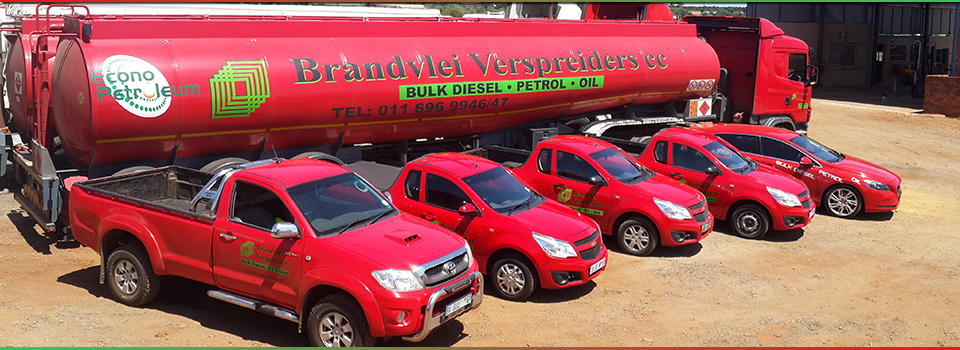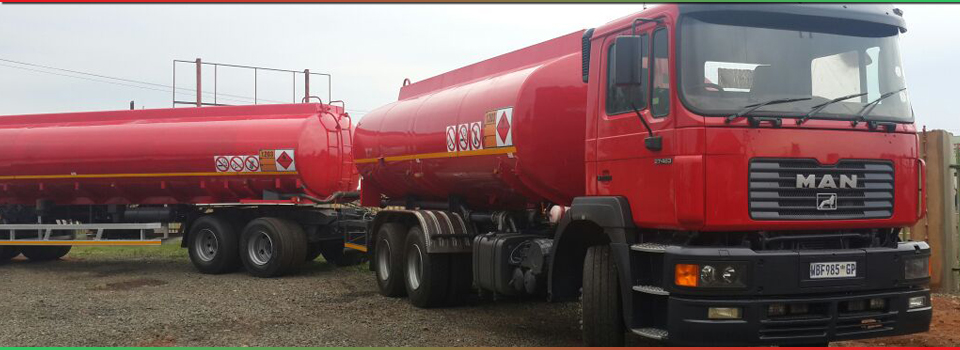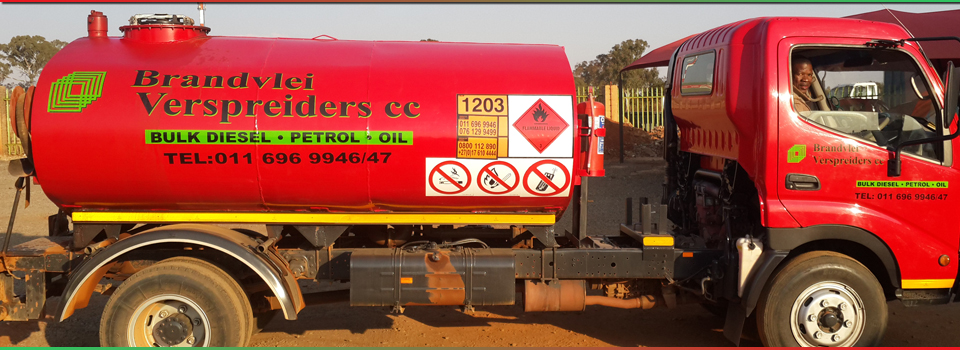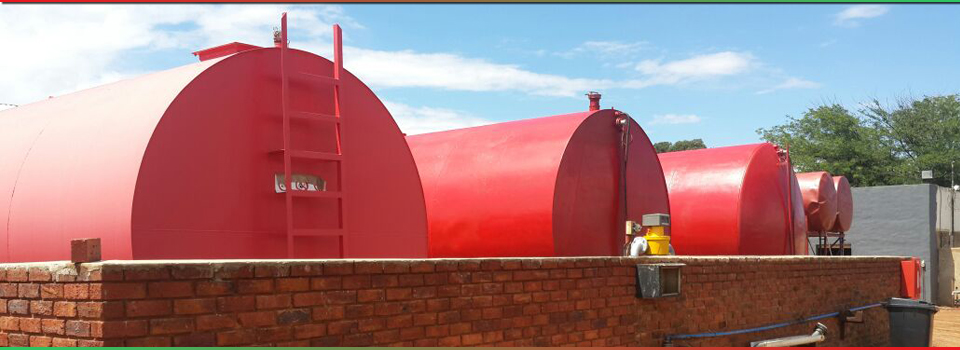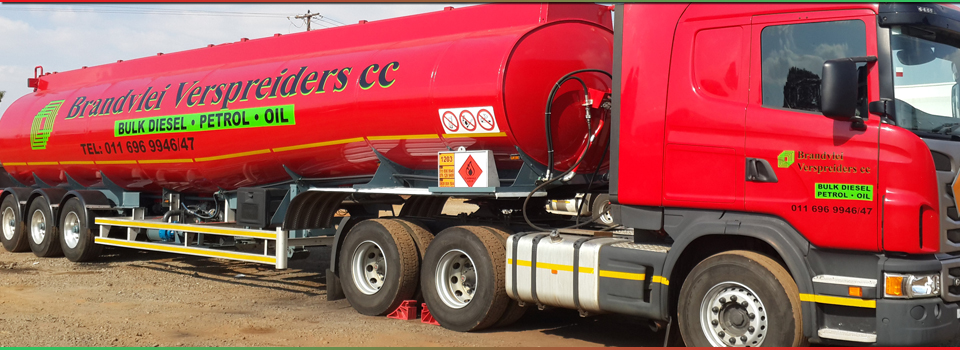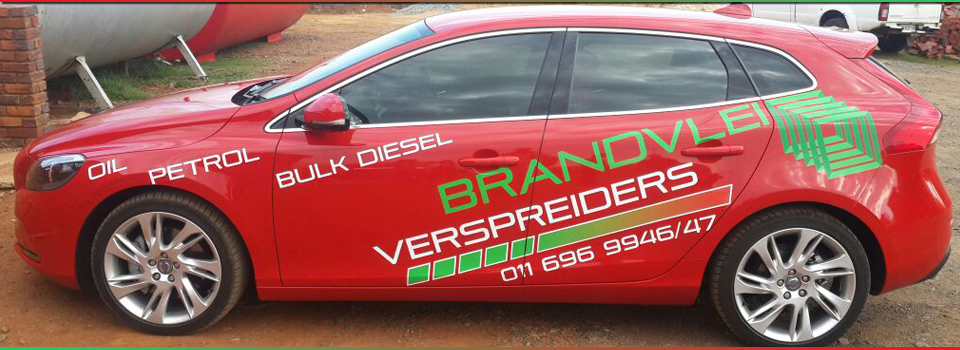Effective way to maintain your company’s Fuel Tank
Bulk fuel tanks are designed to contain spillage, but will just do as such if properly maintained. Even the best tanks will develop problems if maintenance is neglected.
Most bulk fuel tanks come with a guarantee. You can extend the life of your tank significantly longer than that with proper maintenance. But, even during the maintenance period is important to properly maintain the tank to prevent damaging your client’s heaters and lorries with dirty fuel, to lessen the danger of a fire or spill, and to remove any rain water that may have seeped into the tank.
On account of harsh environmental conditions, overfilling, dirt and dust, vandalism and accidents, it is important to periodically walk around the tank and inspect it for damage. Check the overfill protection device. Check the shutoff valves. These valves ought to be locked to protect against vandals.
To keep the tank in great working order, it is important to tighten any pipework fittings and clean the vent. The vent should be pointing down with nothing clogging the free passage of air. It’s likewise necessary to ensure that any stickers or other instructions like “open” or “close” or the number to call in case of a spill are not smeared or rubbed off so that people can still read them.
Sludge will develop inside the tank. It ought to settle at the base. On the off chance that it’s possible for you to empty the tank completely―not everyone can do that, since they use it all the time―then you clean the inside. It is necessary to have a trained expert do that tank because of the risk of fire or explosion.
Tanks likewise should be checked for leakage which can expose your company to expensive litigation or civil or criminal sanction. In addition it can cause a hazard in your immediate area.
After a heavy rainfall, open the bund and check if there is rain inside. Keep in mind that the rules are the bund ought to have the capacity to contain 110% of the internal tank’s capacity. So that space can’t be taken up by water. There are automatic systems that detect whether there is oil or water in the bund before it pumps that out. In the event that it’s oil, you’ll need to follow the procedures for proper discharge. That is the case when the water has over 0.1% oil.

